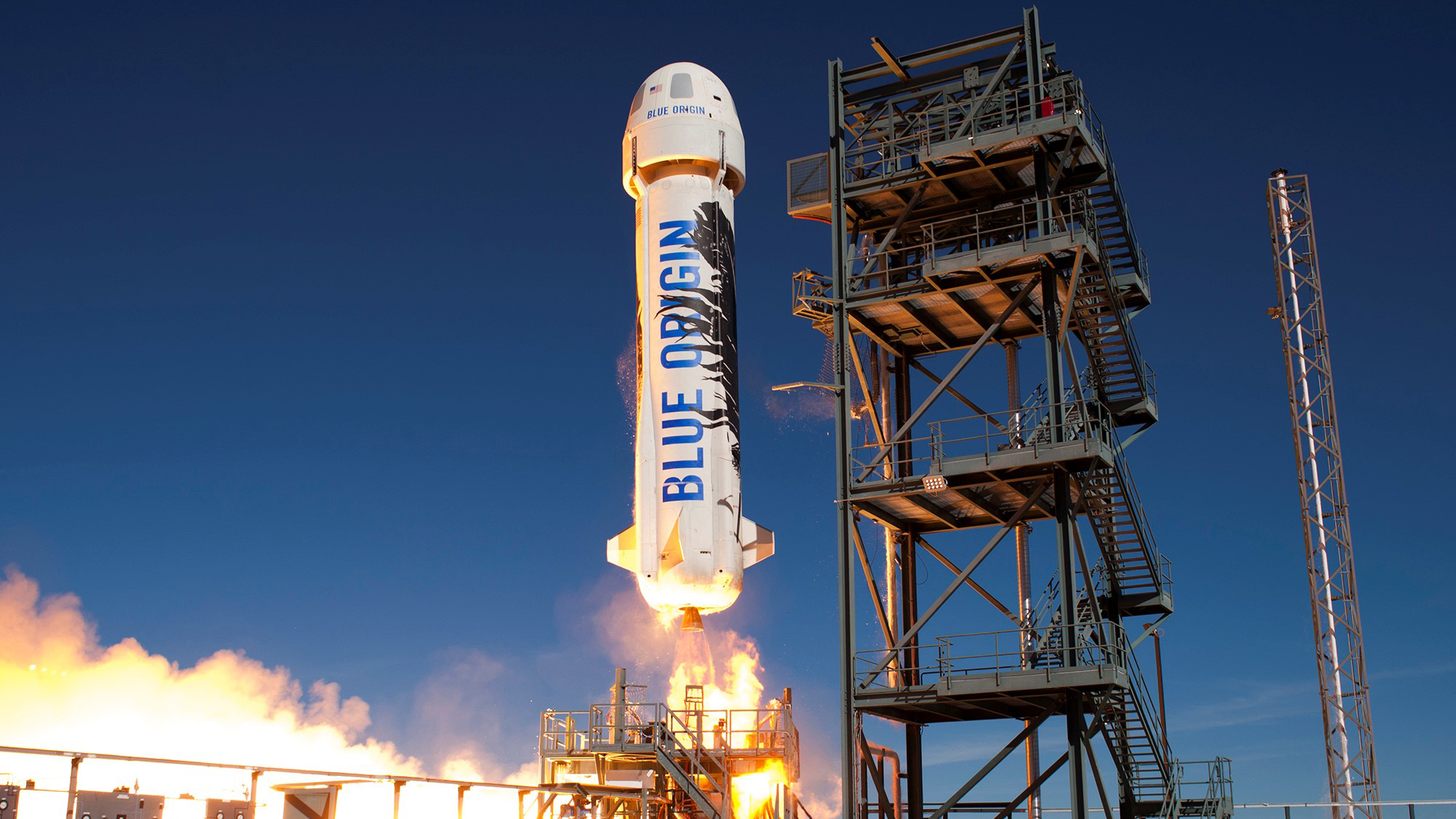Jeff Bezos dreams of gigawatt data centers in space to solve AI's huge problem with power consumption and power dissipation - could Blue Origin rockets transform into data centers?
AI’s rising energy hunger is pushing engineers to look toward space solutions

- Bezos imagines orbital data centers fueled by constant sunlight beyond Earth’s atmosphere
- The plan promises endless energy, no clouds, and no weather interference
- Launching and maintaining space-based servers could cost billions in failed missions
Jeff Bezos has outlined a future where data center operations may no longer be bound to Earth.
Speaking at Italian Tech Week, the Amazon founder described a potential shift toward orbital computing infrastructure.
He suggested that within two decades, gigawatt-scale facilities could operate in space using uninterrupted solar power.
A new frontier for computing power
The idea rests on the argument that space offers advantages no terrestrial site can match.
This includes permanent sunlight, the absence of weather disruptions, and theoretically unlimited power generation.
Bezos stated that “giant training clusters” for AI tools would be better hosted beyond Earth’s atmosphere, where cooling and energy supply are less constrained.
In a public conversation with Ferrari and Stellantis chairman John Elkann, Bezos said, "These giant training clusters will be better built in space, because we have solar power there, 24/7. There are no clouds and no rain, no weather."
Sign up to the TechRadar Pro newsletter to get all the top news, opinion, features and guidance your business needs to succeed!
"We will be able to beat the cost of terrestrial data centers in space in the next couple of decades."
The premise relies on the immense energy demands of artificial intelligence, particularly the GPU clusters used for training large-scale models.
As data centers on Earth consume vast amounts of electricity and water, the concept of orbital facilities offers a possible solution to growing sustainability concerns.
Bezos predicted that the cost of operating these space-based systems could eventually undercut those on Earth.
However, this vision raises technical and economic questions. Maintaining data centers in orbit presents difficulties that demand attention.
Hardware failures, upgrades, and the need for human or robotic servicing would all be costly and risky.
Each launch would depend on expensive and complex rocket missions, and even small malfunctions could jeopardize large-scale systems.
Critics might view this as an idealistic project that underestimates the logistics of sustaining critical computing infrastructure in an environment where replacement parts are hundreds of kilometers away.
Observers see Bezos’s own Blue Origin rockets as potential enablers of this shift, although the company has yet to demonstrate the reliability or capacity needed for continuous orbital construction.
The plan would require not only reusable rockets but also highly autonomous systems capable of managing thermal regulation and communication between Earth and orbiting clusters.
Bezos compared the ongoing AI surge to the dot-com era, suggesting that despite the risk of speculative “bubbles,” the societal impact of AI will be lasting.
His remarks reflected both optimism and caution, as he urged that short-term market volatility should not obscure the technology’s long-term promise.
Via Reuters
Follow TechRadar on Google News and add us as a preferred source to get our expert news, reviews, and opinion in your feeds. Make sure to click the Follow button!
And of course you can also follow TechRadar on TikTok for news, reviews, unboxings in video form, and get regular updates from us on WhatsApp too.
You might also like
- How to choose a data center provider
- These are the best cloud hosting providers
- We've listed all of the best AI writers available at the moment

Efosa has been writing about technology for over 7 years, initially driven by curiosity but now fueled by a strong passion for the field. He holds both a Master's and a PhD in sciences, which provided him with a solid foundation in analytical thinking.
You must confirm your public display name before commenting
Please logout and then login again, you will then be prompted to enter your display name.